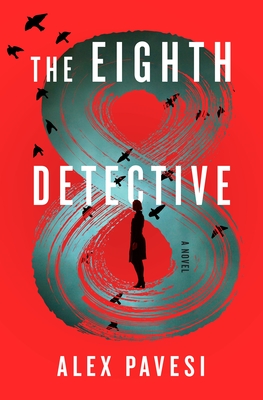What do you think?
Rate this book


304 pages, Hardcover
First published August 4, 2020
Remember that I’ve rejected the view of detective stories as logical puzzles, where the clues define a unique solution and the process of deriving it is almost mathematical. It’s not, and they never do. That’s all just sleight of hand.... [T]he central purpose of a murder mystery is to give its readers a handful of suspects and the promise that in about a hundred pages one or more of them will be revealed as the murderers. That’s the beauty of the genre.... It presents the reader with a small, finite number of options, and then at the end it just circles back and commits to one of them. It’s really a miracle that the human brain could ever be surprised by such a solution, when you think about it.











